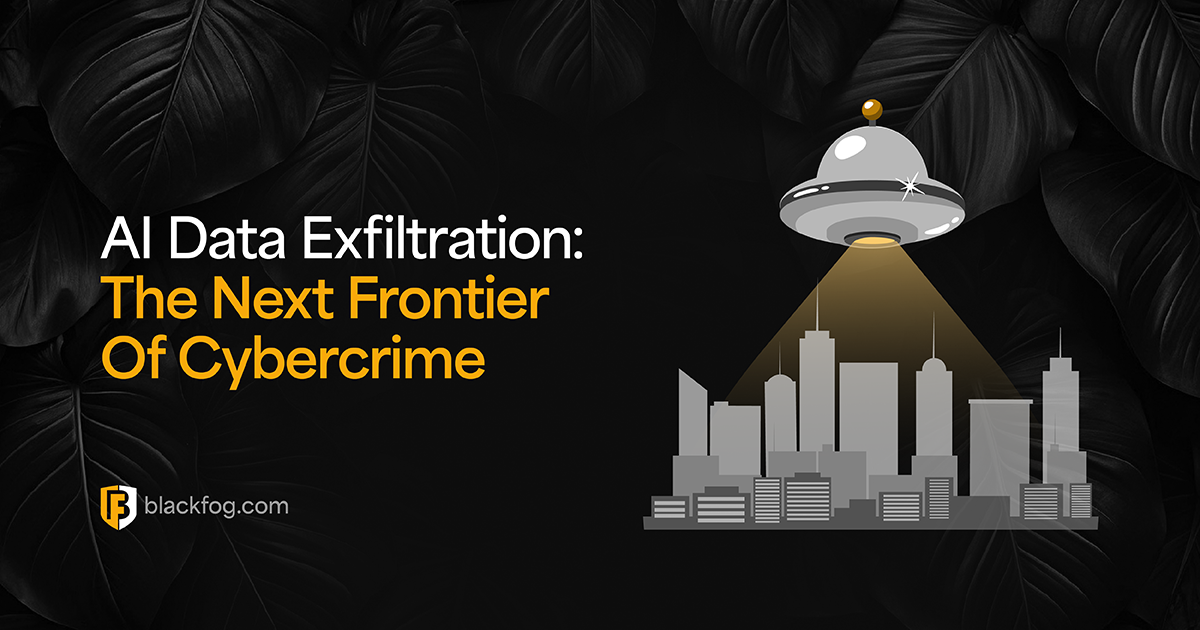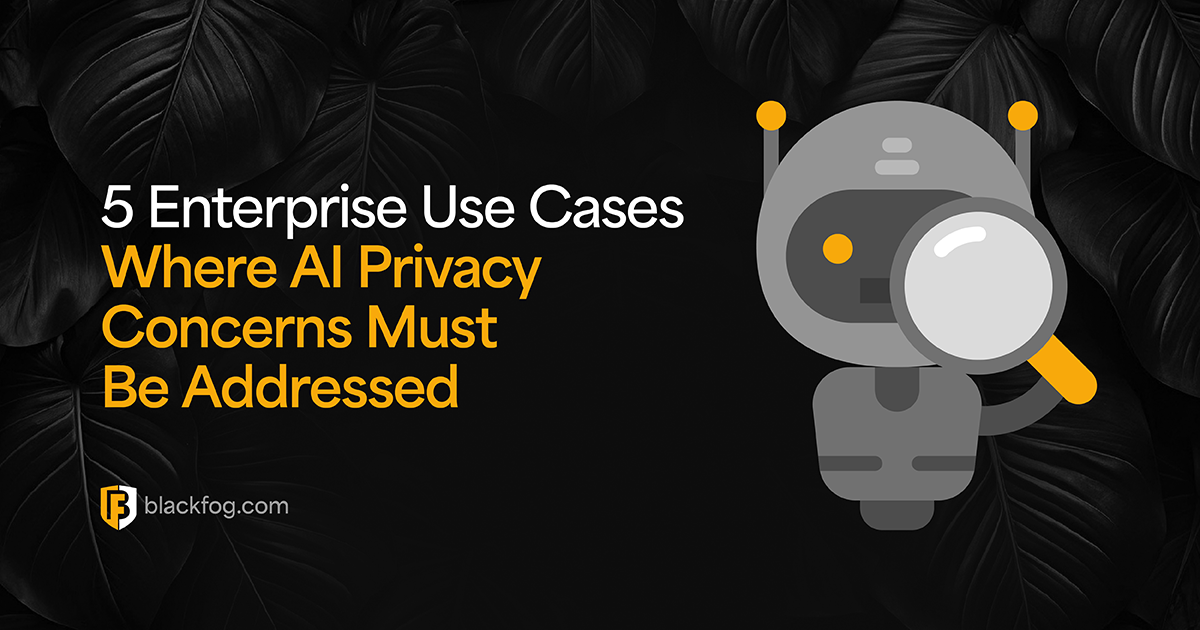
BlackFog collected threat statistics on a global basis for the first 9 months of 2019 (threat statistics Q3 2019). What follows is a summary of the data exfiltration across all endpoints including Windows, Mac, Android and iOS devices.
Dark Web
BlackFog saw a steady decline in Dark Web exfiltration over the quarter representing 1.69% of traffic, a decrease from both Q1 and Q2. However, BlackFog saw a dramatic increase in PowerShell attacks in Q3 at 7.86%, which is the highest we have seen for the year, up from 3.51% in the previous quarter. This reflects the increased use of the PowerShell for fileless attacks and the increase in the number of ransomware attacks globally.
Geographic Exfiltration
BlackFog reported a decrease in data exfiltrated to Russia this quarter, totaling 13.5% compared to 19.43% in the previous quarter. Exfiltration to China remained relatively stable at 2.13% compared with 2.62% in the previous quarter.
Direct IP’s and Spyware
No significant changes were found with other core statistics. Spyware represented 1.57%, and the use of direct IP’s for communicating with servers represented 37.03% of all attacks.
Major Threat Vectors
Share This Story, Choose Your Platform!
Related Posts
AI Data Exfiltration: The Next Frontier Of Cybercrime
How are cybercriminals using AI data exfiltration to enhance their ransomware attacks and what must businesses do to counter these threats?
5 Enterprise Use Cases Where AI Privacy Concerns Must Be Addressed
AI privacy concerns are rising with AI adoption - five use cases highlight the key issues businesses must consider.
What AI Management Really Means For The Enterprise
Ongoing AI management is essential in maintaining compliance in a challenging environment. Here's what businesses need to consider.
AI Security Risks Every Business Must Know About
AI Security Risks are growing as AI embeds in business. What key threats must firms address to stay compliant with data regulations?
Who’s Really In Charge? Why AI Governance Is Now A Business Imperative
Find out why a strong AI governance program will be essential if enterprises are to make the best use of the highly in-demand technology.
AI Compliance: A Roadmap For Addressing Risk And Building Trust
AI compliance is set to be a major focus for businesses in the coming year. Here's what you need to know to make this as easy as possible.






